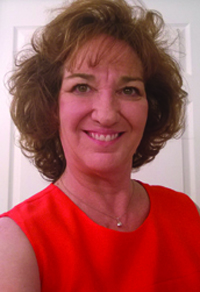Finally, some signs Of stability for buyers
 Sixteen years ago, we started to see cracks in an overheated housing market. Mortgage approvals had been fast and loose. In the industry, it was said that “if you can fog a mirror, you can get a loan” regardless of creditworthiness. And then the cracks became giant canyons and people fell into the abyss.
Sixteen years ago, we started to see cracks in an overheated housing market. Mortgage approvals had been fast and loose. In the industry, it was said that “if you can fog a mirror, you can get a loan” regardless of creditworthiness. And then the cracks became giant canyons and people fell into the abyss.
But, as it always does, the pendulum swung the other way. Lending became tighter and home prices plummeted during the Great Recession. Although the recovery took years, equity in our homes returned and interest rates dropped to historic lows.
So, what did that do? Yep, created another overheated housing market. A contributing factor this time was COVID-19, which brought an influx of people who could work remotely and liked Florida’s tax climate and relatively low home prices.
After what seems like a lifetime of volatility, there are signs of stability. Inventory has been slightly increasing and homes are remaining on the market an average of 41 days versus 20 days a year ago. Prices are holding up, especially in Orlando.
Interest rates increased sharply, but appear to have settled at around 6.5 percent. Not as wonderful as the rock-bottom 3 percent we enjoyed, but it sure beats the 18 percent rates of the 1980s.
New-home builders, recognizing the hesitancy of some buyers to commit to a 6.5 percent mortgage, are reaching into their tool chests and bringing out a long-ago used incentive — the mortgage rate buy-down.
A mortgage rate buy-down is when points are paid at the commencement of the loan to bring down the interest rate. It can be for the life of the loan or for an introductory period, usually 3-5 years.
So, when you factor in all the variables in this market, is it a good time to buy? Absolutely.
